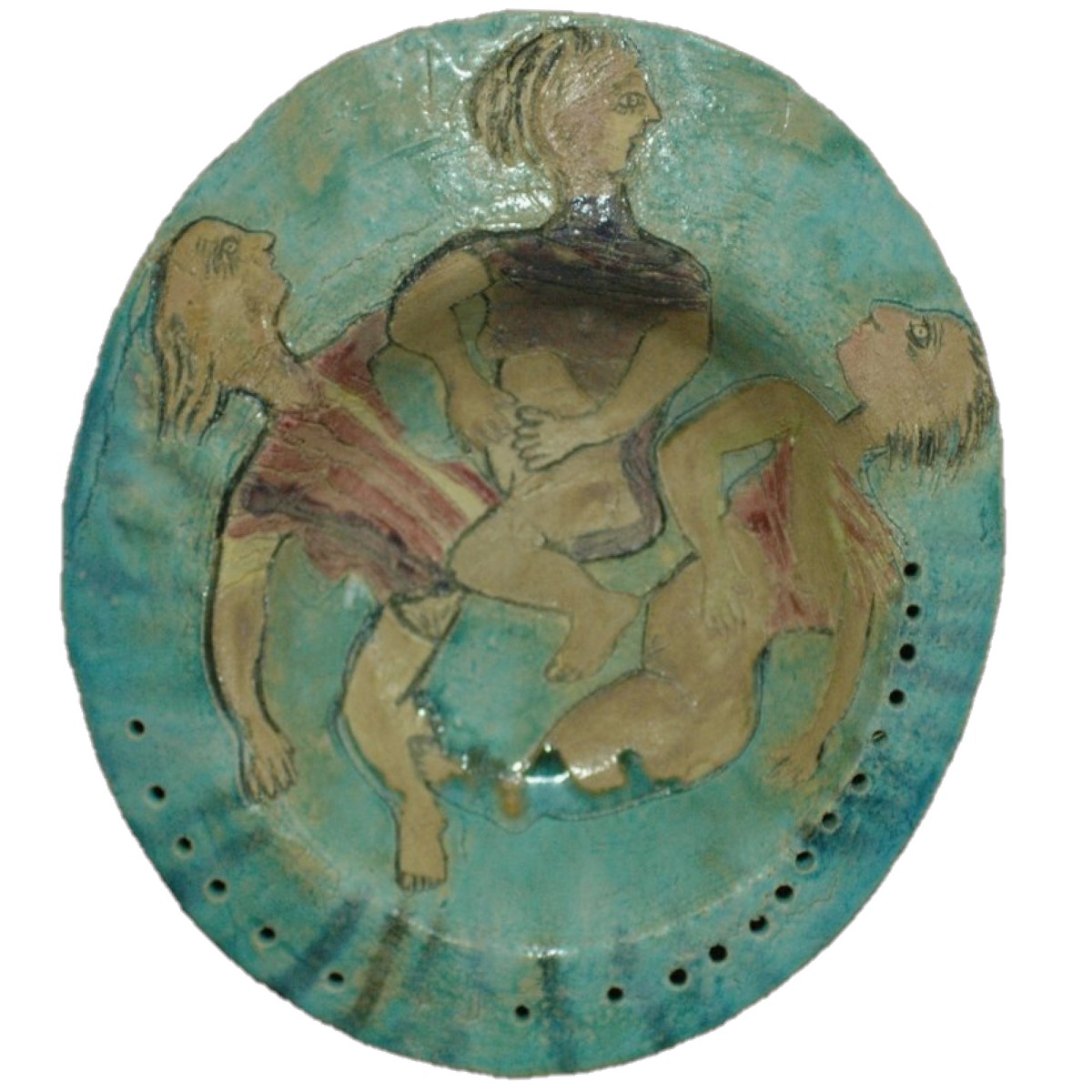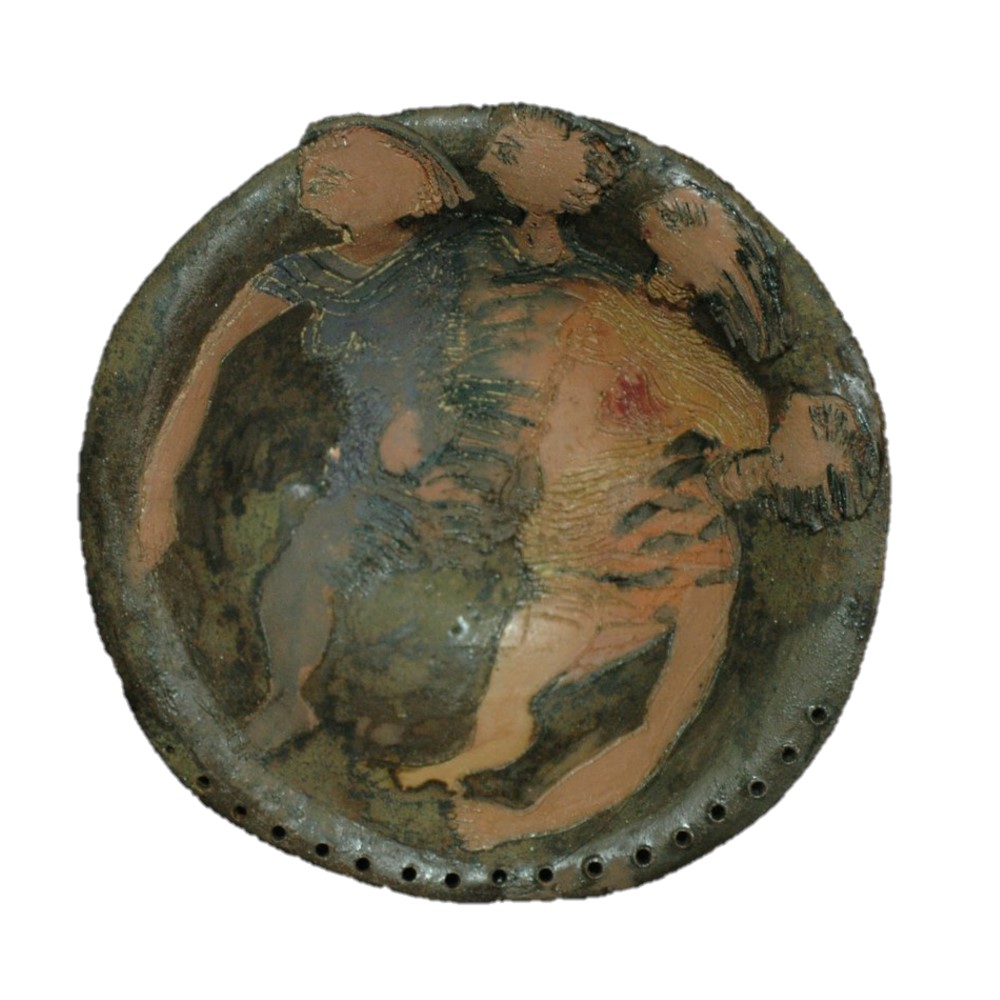Sculpture, the art of shaping form from raw materials, has captivated humanity for millennia. From the ancient Egyptians to the Renaissance masters, sculptors have pushed the boundaries of their three-dimensional craft, transforming inanimate objects into living, breathing works of art. Think of Michelangelo's David, a colossal masterpiece carved from a single block of marble, or Rodin's The Thinker, a bronze embodiment of contemplation. These iconic pieces are testaments to the enduring power of sculpture to evoke emotions and inspire generations. But what makes these materials so special? Let’s dive in.
Wood: Nature’s Warm Embrace


Wood, with its warmth, abundance and organic texture, has been a sculptor's go-to material for centuries. From ancient wooden idols to contemporary abstract forms, wood offers a versatile palette for artists. Its pliability allows for intricate details, while its grain adds character to the piece. However, wood is susceptible to decay and insects, making preservation a challenge. Wood is one of the first ever materials to be used for sculpting, with some examples, like the Shigir Idol, dating back to the Mesolithic period. It's also an enduring one, since it's still in use by acclaimed artists such as Henry Moore, who chose Elmwood when making his Reclining Figure.
Clay: Molding Imagination


Clay, the most malleable of materials, is a sculptor's playground. From simple pinch pots to elaborate figurative works, clay offers endless possibilities. Its versatility allows for quick experimentation, making it a popular choice for beginners and professionals alike. Once fired, clay transforms into durable ceramics, but its true magic lies in the hands of the artist before it hits the kiln. Think of the exquisite terracotta army of ancient China, or the scenes of daily life in Puebla by Pantaleon Panduro to grasp the potential of this humble material.
Bronze: The Alchemist’s Legacy


Bronze, an alloy of copper and tin, has been the metal of choice for sculptors since antiquity. Although this material can be heavy and quite costly, its durability, malleability when molten, and its ability to capture intricate details have made it a perennial favorite. The lost wax casting technique, perfected by the ancient Greeks, has been used to create iconic sculptures that have withstood the ravages of time. From the imposing statues of Roman emperors to the timeless works of Auguste Rodin, bronze continues to be a dominant force in the sculpture world.
Ivory: Nature's Precious Gift

For centuries, ivory, obtained from elephant tusks, was the epitome of luxury and artistry. Rare and precious, ivory graced ancient thrones around Europe and delicate netsuke in Japan. Its smooth texture and beautiful white color made it ideal for intricate carvings. However, due to the ethical and environmental concerns surrounding ivory trade, its use in contemporary art is highly restricted. Despite its controversial history, antique ivory sculptures from cultures like India and Africa remain prized possessions for collectors.
Marble: The Sculptor's Dream
Marble, quarried from Carrara to Athens, with its pure white color and crystalline structure, has been the sculptor's dream material for millennia. Its ability to be carved with precision and the way it reflects light make it a perfect medium for capturing the human form. Michelangelo, arguably the greatest marble sculptor of all time, elevated this material to new heights with his masterpieces like David and Pietà. However, marble is fragile, susceptible to strains and a challenging material to work with that requires immense skill and patience.
Next time you encounter a sculpture, take a moment to appreciate the material it’s made from. Each material brings its unique character and challenges to the artist, and understanding these nuances can deepen your appreciation for the sculptor's craft. From the warmth of wood to the cold perfection of marble, the world of sculpture is a rich tapestry of materials and techniques waiting to be explored.





